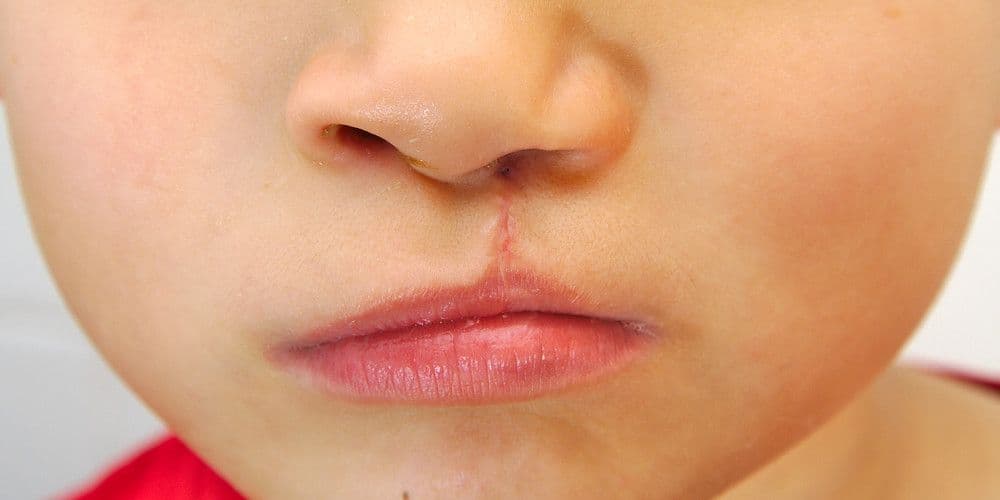Cheiloplasty, commonly known as lip surgery, is a cosmetic or reconstructive procedure aimed at enhancing the appearance or function of the lips. This surgery is often sought to correct congenital anomalies such as cleft lip, improve lip symmetry, or enhance the overall aesthetics of the lips. The steps involved in cheiloplasty are meticulously planned and executed to achieve the desired outcomes while ensuring patient safety and optimal healing.
The steps of Cheiloplasty
The first step involves a thorough consultation with a skilled plastic or reconstructive surgeon. During this session, the surgeon evaluates the patient's lips, discusses their concerns and goals, and reviews their medical history to ensure they are suitable candidates for the procedure. The surgeon also explains the surgical process, potential risks, and expected recovery time, helping the patient set realistic expectations.
Step 1 – Anesthesia
The anesthesia step in cheiloplasty is a crucial component to ensure the patient’s comfort and pain-free experience throughout the procedure. Depending on the extent of the surgery and the patient's needs, different types of anesthesia may be utilized. For minor corrections or cosmetic enhancements, local anesthesia with or without sedation is often sufficient. This numbs the surgical area while keeping the patient relaxed but awake. For more extensive procedures, such as those involving congenital corrections like cleft lip repair, general anesthesia might be required, rendering the patient completely unconscious during the surgery. The choice of anesthesia is made based on a comprehensive pre-operative evaluation, taking into account the patient’s medical history, the complexity of the surgery, and individual preferences. Throughout the procedure, the anesthesia team meticulously monitors the patient’s vital signs to ensure safety and make any necessary adjustments. This careful approach to anesthesia not only maximizes patient comfort but also contributes to the overall success of the surgery by providing a stable and controlled operating environment.
Step 2 – The incision
The incision step of cheiloplasty is a pivotal part of the procedure, carefully designed to address the specific needs of the patient, whether for congenital corrections such as cleft lip repair or cosmetic enhancements. The surgeon makes precise incisions, which are typically placed along the natural creases of the lips or within the vermilion border, to minimize visible scarring. For cleft lip repairs, the incision is strategically planned to allow for the proper alignment and suturing of the lip tissues, creating a more natural and symmetrical appearance. In cosmetic cheiloplasty, the incisions may be smaller and focused on areas that require reshaping or augmentation. The surgeon's skill in making these incisions is crucial, as it sets the foundation for the subsequent steps of tissue manipulation and closure. The goal is to ensure the incisions are as inconspicuous as possible while providing the necessary access to achieve the desired results. This meticulous approach helps ensure optimal aesthetic and functional outcomes, contributing to the overall success of the cheiloplasty procedure.
Step 3 – Closing the incisions
Closing the Incision correctly in cheiloplasty is essential for ensuring that the surgical outcomes are both aesthetically pleasing and functionally effective. After the necessary adjustments to the lip tissues are made, whether for correcting a cleft lip or enhancing lip contours, the surgeon meticulously closes the incisions using fine sutures. These sutures are strategically placed to align with the natural contours of the lips, ensuring minimal visible scarring and promoting optimal healing. The surgeon takes great care to precisely approximate the edges of the incision to maintain the natural shape and function of the lips. Depending on the specific technique and the patient's needs, the sutures may be either dissolvable or require removal at a follow-up appointment. Proper closure of the incisions not only supports the structural integrity of the repair but also reduces the risk of complications such as infection and ensures a smoother recovery process. The final goal is to achieve a seamless integration of the corrected or enhanced lip tissue with minimal evidence of surgical intervention, contributing to a natural and aesthetically satisfying result.

Step 4 – See the results
Seeing the results step of cheiloplasty is an eagerly anticipated moment for patients and surgeons alike. Once the initial recovery period has passed and the bandages are removed, the patient can see the transformed appearance of their lips. This step reveals the new shape, symmetry, and contour achieved through the surgery, addressing congenital anomalies or cosmetic concerns. Although there may still be some swelling and bruising initially, these effects will gradually subside over the following weeks, allowing the final results to become more evident. The patient often experiences a significant boost in self-esteem and confidence as they see the enhanced or corrected appearance of their lips. Follow-up appointments are essential during this phase to ensure proper healing and to address any questions or concerns the patient may have. The surgeon will provide guidance on post-operative care, including tips for maintaining the results and ensuring long-term satisfaction.
Conclusion
In conclusion, cheiloplasty is a meticulously planned and executed surgical procedure designed to enhance the appearance or function of the lips. From the initial consultation, through anesthesia administration, precise incisions, and careful tissue manipulation, each step is crucial for achieving the desired results. The closure of incisions is performed with great attention to detail to minimize scarring and ensure optimal healing. The final reveal, when patients see the results, is a moment of transformation and increased confidence. Post-operative care and follow-up appointments are essential to monitor healing and maintain the improvements made. Through these carefully orchestrated steps, cheiloplasty offers significant aesthetic and functional benefits, helping patients achieve their desired outcomes and enhancing their overall quality of life.
Read More